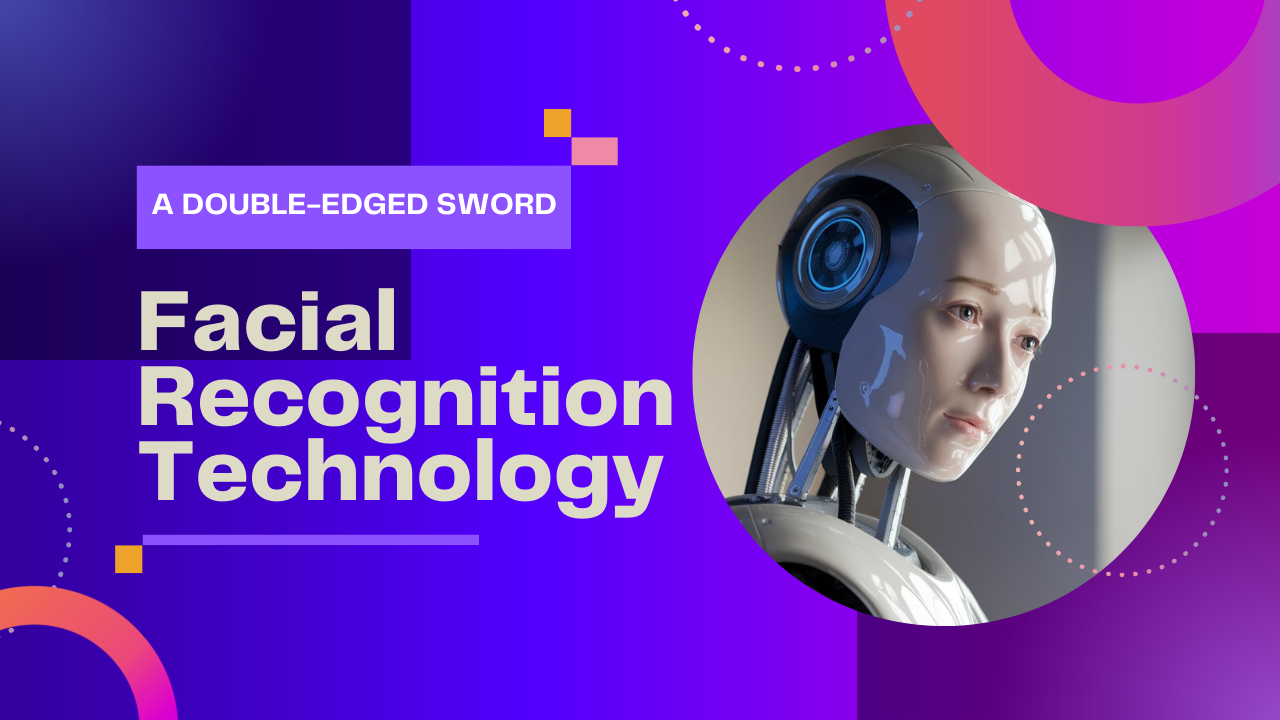Understanding Facial Recognition: Impacts and Ethics
Created on 9 October, 2024 | AI Tools | 173 views | 4 minutes read

In recent years, facial recognition technology has become increasingly prevalent in various aspects of our daily lives. From unlocking smartphones to tagging us in social media photos, this technology operates behind the scenes, working silently yet effectively. But what exactly is facial recognition, how does it work, and what implications does it have for our privacy and security? This article explores these questions, examining the capabilities of facial recognition AI and the challenges that come with its widespread use.
The Evolution of Facial Recognition
Historically, facial recognition was a rudimentary process. Experts would measure facial features using tools like rulers, calculating dimensions such as the length of eyebrows, the position of eyes, and the curvature of lips. However, today’s facial recognition technology has advanced significantly due to the rise of deep learning methods.
WonSook Lee, a professor at the University of Ottawa’s School of Electrical Engineering and Computer Science, notes that modern facial recognition AI systems can achieve an accuracy rate that is “almost perfect.” This enhanced precision is largely attributed to the vast data sets and sophisticated algorithms used in today’s recognition systems. Machines now process images far more efficiently than human experts ever could, pushing the boundaries of what AI-powered facial recognition can achieve.
The Dangers of Bias in Facial Recognition Technology
Despite its impressive capabilities, facial recognition AI is not without flaws. Numerous reports highlight instances of bias, particularly concerning race and ethnicity. For example, Amazon’s Rekognition technology faced criticism for misidentifying dark-skinned women while accurately identifying white men. The root cause lies in the data used to train these systems. If the training images lack diversity, the AI may struggle to recognize individuals outside its dataset.
This means that although facial recognition AI should theoretically identify a person in various scenarios—whether they are wearing glasses or have changed their hairstyle—its accuracy depends heavily on the diversity and quality of the training data. Without enough representation, these machines may underperform, especially with marginalized groups.
The Role of Facial Recognition in Law Enforcement and Security
Facial recognition technology has moved beyond social media and personal devices. Airports, for instance, use these systems for tasks such as identifying non-US citizens using fraudulent travel documents and speeding up check-in processes. However, this widespread use has sparked concerns about privacy and potential mass surveillance.
Reports suggest that US Customs and Border Protection (CBP) claims to delete facial recognition images after 12 hours and allows travelers to opt out of using this technology. Yet, many travelers are unaware of their right to opt out, raising skepticism about how this data is managed and stored.
Similarly, US Immigration and Customs Enforcement (ICE) employs facial recognition to protect against cross-border crimes. However, without strict guidelines governing the use of this technology, there are serious human rights concerns about the potential misuse of facial recognition data.
The Global Perspective: China’s Social Credit System
The challenges posed by facial recognition technology are not limited to the United States. In China, the government has implemented a social credit system that heavily relies on facial recognition to monitor citizens’ behavior. This system scores individuals based on various factors, including economic and social actions, and can lead to penalties such as bans from flights or trains for those with low scores.
While proponents of this system argue it encourages positive behavior, critics view it as an Orwellian form of surveillance, raising alarm about privacy and government overreach.
The Future of Facial Recognition Technology
As facial recognition AI continues to evolve, so too do the ethical questions surrounding its use. This technology could be harnessed for positive applications, such as locating missing persons or improving airport security. However, the potential for misuse is significant, leading to calls for stricter regulations and guidelines.
Here are some essential questions to consider:
- Should companies and governments have access to extensive facial recognition data?
- What guidelines should be established to protect citizens' privacy?
- How can individuals ensure their data is deleted after use?
- What measures are in place to prevent data breaches?
Conclusion: Navigating the Future of Facial Recognition
Facial recognition technology is undeniably a double-edged sword. While it promises enhanced security and efficiency, it also presents substantial risks to privacy and civil liberties. As society grapples with the complexities of this technology, it is crucial to strike a balance between public safety and personal rights.
With proper regulations, the use of facial recognition AI can be managed responsibly, allowing its benefits to be realized while minimizing harm. The ongoing dialogue surrounding these issues will shape how this powerful technology is used in the future, making it essential for all stakeholders to engage in meaningful discussions and advocate for ethical practices.
Popular posts
-
Top 10 AI Tools Everyone Should Know About in 2024!
AI Tools | 248 views
-
20 Free AI Tools That Are Making People Rich
AI Tools | 191 views
-
26 Best YouTube to MP3 Converting Tools For 2024!
YouTube Tools | 180 views
-
How to Prevent Domain Fraud and Protect Your Revenue
Domain Management | 173 views
-
Understanding Facial Recognition: Impacts and Ethics
AI Tools | 148 views